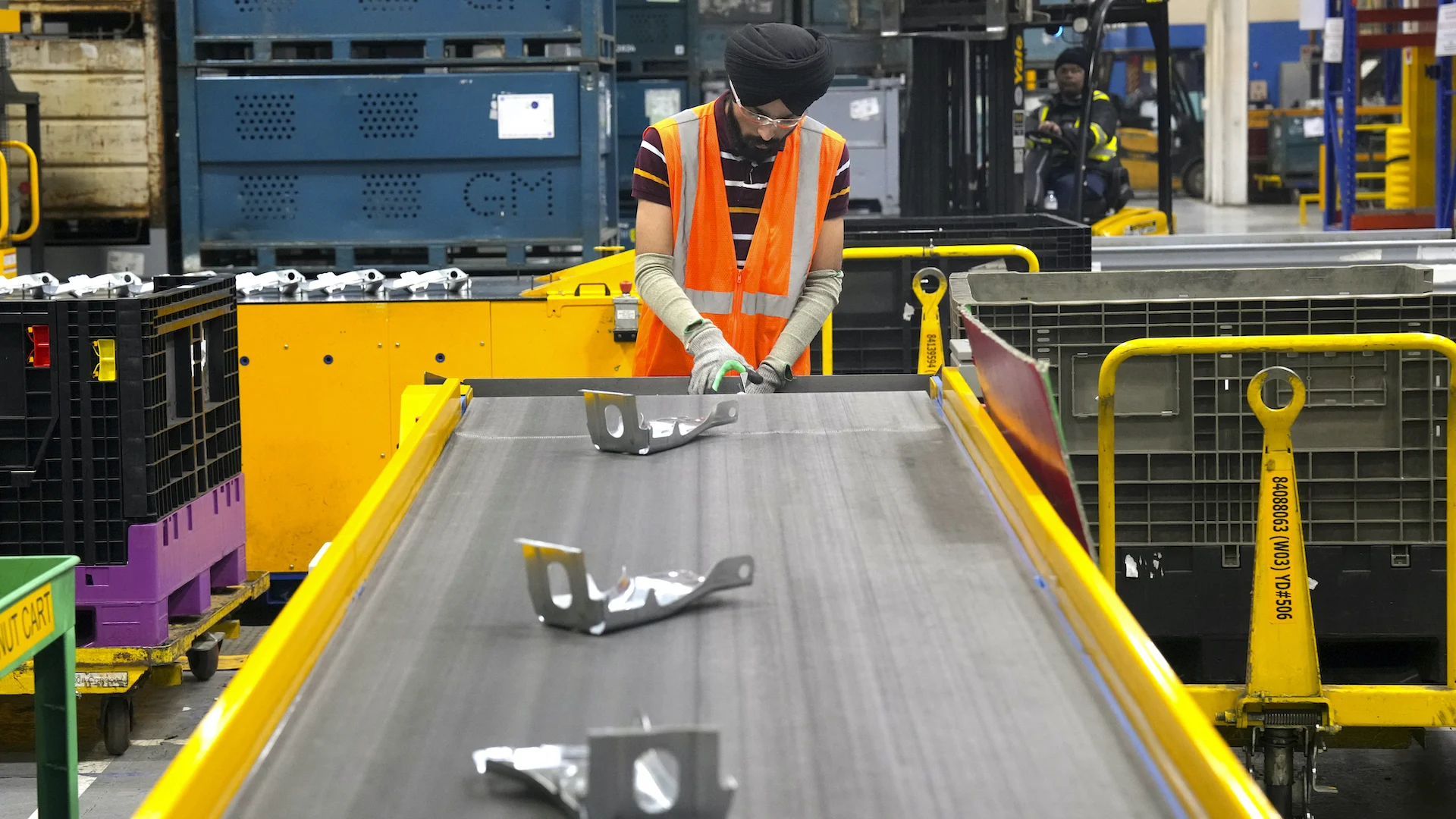Better biomass burning helps reach … – Information Centre – Research & Innovation

© Gerhard Seybert #134574292, resource:inventory.adobe.com 2020
Heating and cooling are responsible for virtually half of the EUs complete electricity use. In the fight to lessen carbon emissions, it is very important that renewable sources of electricity grow to be much more effective and much more greatly employed.
Symbolizing around ninety {ae9868201ea352e02dded42c9f03788806ac4deebecf3e725332939dc9b357ad} of all renewable heat created in 2014, biomass could engage in a vital position. Enhancing the technological know-how employed in biomass-fuelled combined heat and electrical power (CHP) plants, which create electricity and seize the usable heat that is developed, has important possible for aiding to meet sustainable electricity targets.
The EU-funded BIOFFICIENCY task set out to discover and deal with troubles that currently limit the productiveness of CHP plants.
The intense, 3-calendar year task concluded in Oct 2019, having succeeded in rising CHP plant efficiency and, as a consequence, decreasing emissions (carbon dioxide, particulate make any difference, carbon monoxide, nitrogen oxides and sulphur dioxide). The investigation staff has also created a blueprint for long run biomass-fuelled CHP plants.
We aimed to develop a holistic foundation for the future technology of large-scale biomass CHP plants, utilising their substantial possible for value-aggressive electricity and heat technology in environmentally friendly ailments, claims task coordinator Sebastian Fendt of the Technological University of Munich in Germany.
Not only could the switch towards renewable electricity options like biomass develop around half a million new careers across the EU, but it would also reduced the volume of emissions by replacing coal-based mostly electricity technology.
Ash-connected issues
When it arrives to burning biomass, ash-connected troubles are a person of the major bottlenecks. For case in point, some kinds of biomass develop ash that corrodes the electrical power plants interior surfaces at higher temperatures. This perhaps potential customers to problems and consequently will increase maintenance charges. It also restrictions the temperature of steam, which in transform cuts down the over-all efficiency of the combustion approach.
1 of BIOFFICIENCYs key investigations analyzed a assortment of heat-exchanger elements inside contemporary electrical power plants to obtain all those most resistant to corrosion. Scientists recognized techniques of bettering CHP plants by way of the preference of diverse heat-exchanger elements and by using new cleansing routines.
The staff employed take a look at amenities across Europe to develop a model of how fly ash is fashioned all through biomass combustion.
By assessing existing fuel pretreatment procedures, the task discovered that it was possible to noticeably lessen emissions and produce improvements in the fuels actual physical and chemical qualities. Optimising additives and introducing novel pretreatment procedures such as steam explosion, hydrothermal carbonisation, and torrefaction has lessened the creation of damaging emissions and allowed CHP plants to use a broader array of biomass feedstock.
Moreover, a large-scale experiment analyzed out highly developed sensor methods made to immediately blend fuels and incorporate additives.
Biomass breakthroughs
Eventually, the projects combined results have previously been employed by numerous companions. For case in point, Mitsubishi Hitachi Energy Devices made a new three hundred thermal megawatt (MWth) biomass-fuelled CHP plant that reaches the requirements and targets demanded by the EUs Renewable Strength Directive II.
Challenge associate Valmet a short while ago marketed their pre-hydrolysis reactor the world’s first continuous steam explosion pretreatment plant for complicated biomasses. Other results by BIOFFICIENCY have been employed to increase Valmet’s Superheater KCl Corrosion administration method for managing corrosion induced by alkali chlorides.
The scientists also made ideas for using the by-products and solutions to make the approach even much more sustainable. We analyzed diverse techniques of using ash that results from the combustion approach as a substitute of managing it as a squander item, points out Fendt. Using it in building elements, like geopolymers or calcium-silicate blocks, has proved to be a person very promising application.
The scientists also made ideas for using the by-products and solutions to make the approach even much more sustainable. We analyzed diverse techniques of using ash that results from the combustion approach as a substitute of managing it as a squander item, points out Fendt.
ENGIE, an additional task associate, has discovered techniques of using ash to develop building elements such as geopolymers and calcium-silicate blocks. The organization is currently searching into how it can carry these promising apps to sector.







